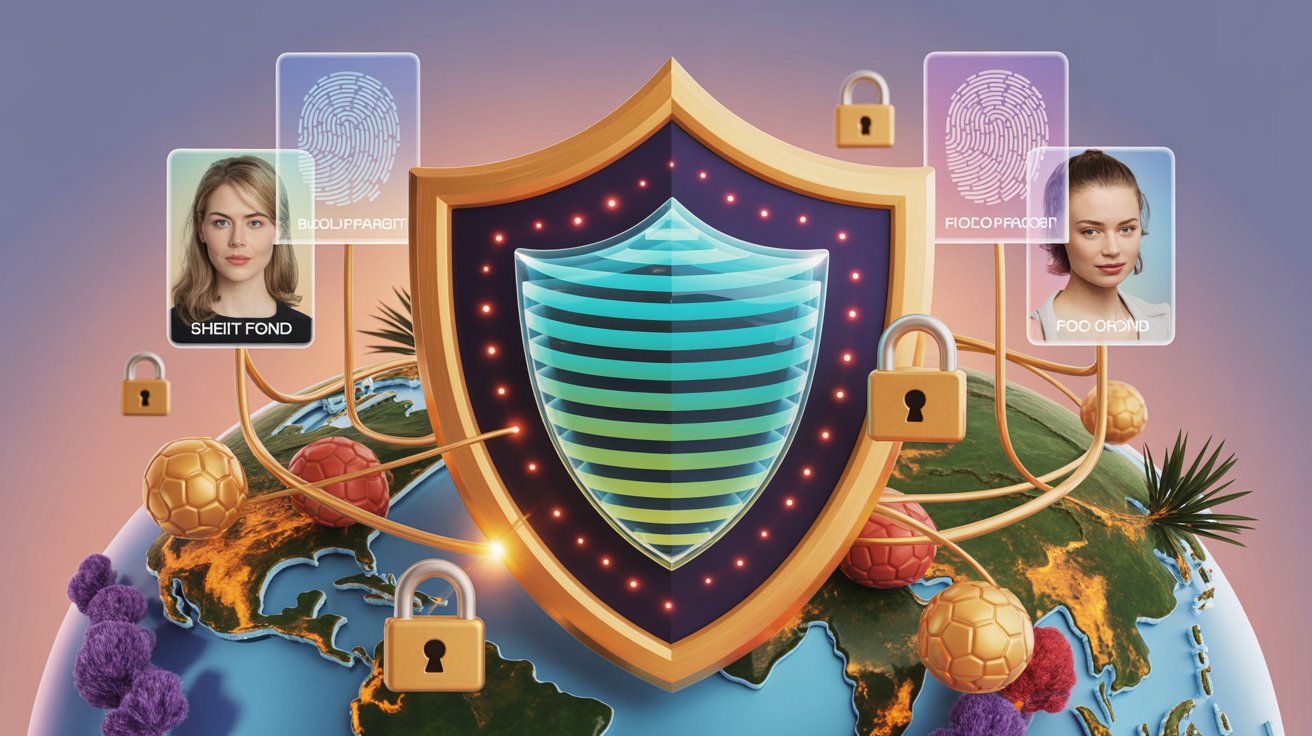

Multi-Factor Authentication (MFA) and Identity Verification in MLM software work together to secure user accounts, prevent fraud, and ensure that only genuine distributors access the platform. By requiring multiple verification steps—such as passwords, biometrics, and one-time codes—MFA strengthens account protection, while identity verification confirms the authenticity of each user during onboarding. Together, they build trust, support regulatory compliance (KYC/AML), and safeguard financial transactions within MLM networks.
Trust is currency in multi-level marketing. For platforms that onboard distributors, process commissions, and handle payouts, identity security isn’t optional — it’s fundamental. Strong authentication and reliable identity verification reduce fraud, meet regulatory obligations (KYC/AML), and protect your brand reputation. Below is a practical, evidence-backed guide on why MFA and modern identity verification matter for MLM software, current industry trends, and a concrete implementation checklist you can use today.
Audit and map sensitive flows (payouts, payment changes).
Integrate an IdV/KYC vendor with global coverage.
Implement MFA with FIDO2/WebAuthn support; keep SMS as fallback only.
Launch adaptive MFA based on risk signals.
Add real-time fraud rules and human investigation workflows.
Track KPIs (MFA enrollment, verified accounts, account takeover rate).
MLM platforms sit at the intersection of high user volume, money flows, and regulatory scrutiny — a perfect target set for attackers. Investing in modern, phishing-resistant authentication (passkeys/FIDO2), combined with robust identity verification at onboarding, pays off quickly: fewer fraud incidents, fewer investigations, better regulator confidence and happier, more loyal distributors.
1. What is multi-factor authentication (MFA) in MLM software?
Multi-factor authentication in MLM software adds an extra security layer by requiring users to verify their identity using multiple credentials like passwords, biometrics, or OTPs before accessing their accounts.
2. Why is identity verification important for MLM businesses?
Identity verification ensures that only legitimate distributors join your MLM network. It prevents fake accounts, enhances compliance with KYC/AML laws, and maintains brand integrity.
3. How does MFA prevent fraud in MLM platforms?
MFA minimizes unauthorized logins and account takeovers by adding an extra authentication step. Even if a password is stolen, attackers cannot access accounts without the secondary verification.
4. What are the most secure MFA methods for MLM systems?
The most secure MFA methods include passkeys, FIDO2 authentication, authenticator apps, hardware tokens, and biometric verification.
5. What is KYC verification in MLM?
KYC (Know Your Customer) verification is the process of validating a distributor’s identity using government ID, selfie checks, and liveness detection before onboarding them into the MLM system.
6. How does identity verification improve compliance in MLM?
Identity verification helps MLM companies comply with global anti-money laundering (AML) and data protection regulations by maintaining transparent and verifiable distributor records.
7. Is biometric authentication safe for MLM software?
Yes. Biometric methods like fingerprint or facial recognition are safer because they are unique to each individual and cannot be easily duplicated or shared.
8. Can MFA reduce chargeback fraud in MLM?
Absolutely. MFA ensures only verified users make transactions, reducing fake withdrawals and unauthorized payouts that often cause chargeback issues.
9. What are the best practices for implementing MFA in MLM software?
Use adaptive MFA, role-based security levels, risk-based authentication triggers, and strong passwordless methods like passkeys or authenticator apps.
10. How do I add MFA and identity verification to my MLM platform?
You can integrate MFA using APIs from identity providers like Auth0, Okta, or Azure AD, and use KYC verification services such as Sumsub or Onfido for secure distributor onboarding.
👉 Try the official MLM Software Demo for Your MLM Business
and experience what MLM Software looks like when it’s powered by the best.
💌 Or, check out our blog to compare top direct‑selling companies, get insider reviews, and learn how to grow your income ethically in the wellness niche.